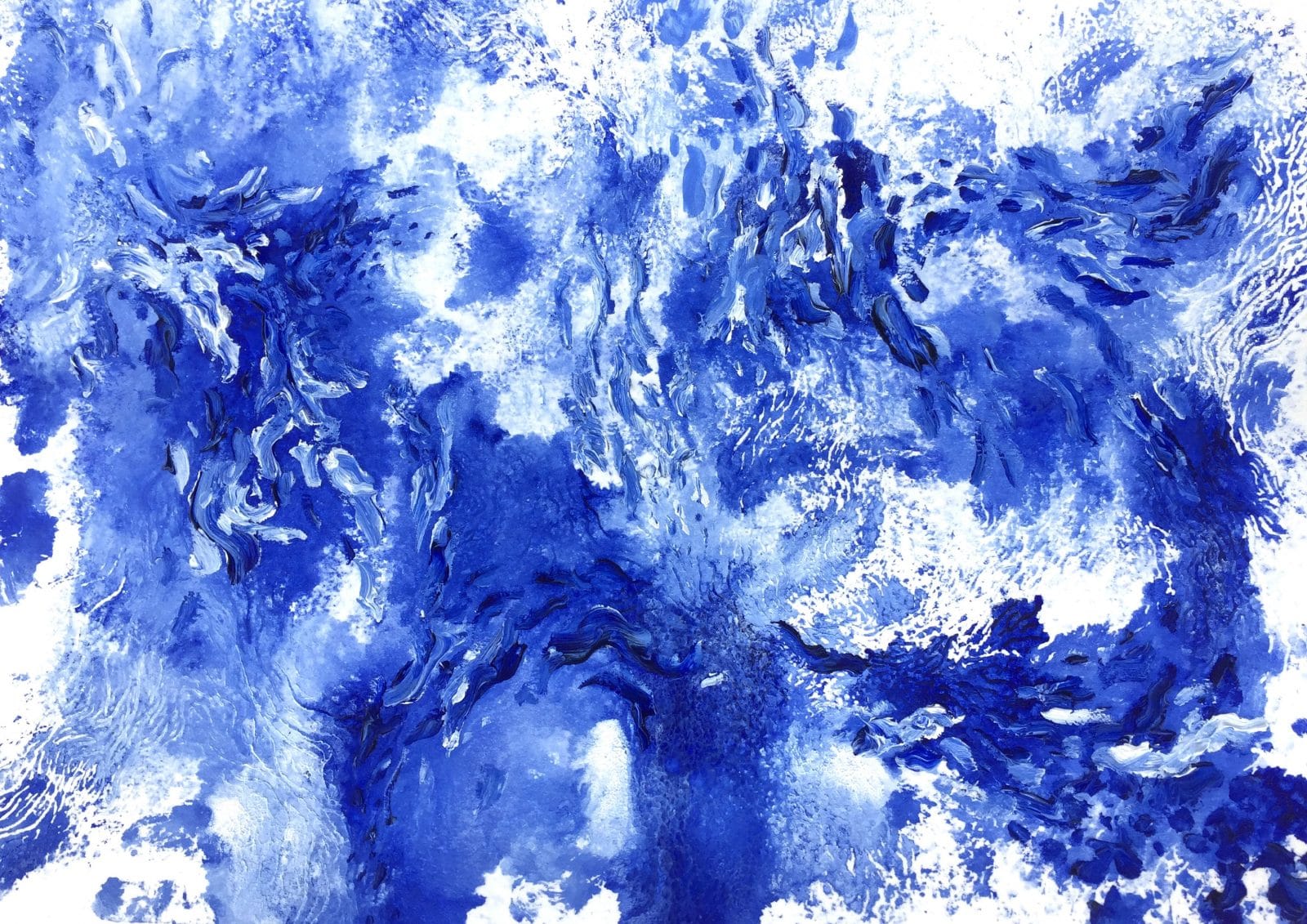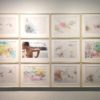Russian Arkadiy Petrov, new artist to our gallery, is deeply concerned with the matters of beauty. Moreover, he seeks beauty in every aspect of his existence and work with religious fervour. For Petrov beauty holds the highest value; thus, his art is inherently aesthetic.
In Petrov’s opinion the pursuit of beauty is a natural need of human beings. As a consecuenze, art should satisfy this need by bringing aesthetic pleasure. To Petrov this is the primary function of art: A true artist is essentially an intermediary which experiences aesthetic pleasure and in turn, creates new manifestations of beauty. As Oscar Wilde puts it, “The artist is the creator of beautiful things”.
Yet, the artist states that beauty is not only visual, but also an intellectual phenomenon. In his work, he strives to create a holistic experience, through an inquiry into existential questions. The ultimate goal of Petrov’s work is to revive Russian Avant-garde and to establish the continuity between contemporary art and presiding art movements, thus elevating it to eternal greatness.
Arkadiy started his artistical studies at seven, in EDAS architecture school studio. Founder and head of EDAS, Vladislav Kirpichev (laureate of the UNESCO prize), was for years his mentor and main teacher. After a few years Petrov was offered a place in the program of working with younger students and newcomers, and also to become an assistant. As part of this program he teached other students, supervised their projects and participated in discussions of works.
In teaching others, one gets a unique insight into creative prosesses, seen from a different perspective. Petrov’s work in EDAS had a formative impact on his mindset. As it was a school of architecture, he developed an essentially architectural angle to art. Architecture, unlike art, is a highly rational discipline, thus he learned how to rationalize his initial concepts and develop them in a logical way.
As a result of his EDEA years, Petrov employs a scientific approach in his artistic practice. This is highly visible in his Translucent Sculpture and Toothpick Tower series. It is also to be found in his Celestial Blue series, although these works show a less architectural approach, and can be seen more as aestetic studies of the shapes and hues of blue.
Viewing the Celestial Blue works, it is hard not to draw a line to the late French artist Yves Klein. As young Klein did, Petrov too chooses the ethereal space surrounding the planet as his sfere. And as Klein did, Petrov investigates the historical, religious and aestetic values embedded in this colour.
Arkadiy Petrov currently lives and works in Oxford, England.
About his work:
Celestial Blue: Each of the works in the Celestial Blue Series presents distinct yet interconnected stages of existence: Creation, Freshness and Decay. The stages are depicted in abstract patterns of organic dynamism that are inherent in biological life and recurrent in nature. The intricacy of the pattern is symbolic of the complexity of every organism. All three works are
in one shade of blue, signifying the homogeneity of life’s basic materials.
From the beginning of our civilization, it has been one of the main tasks of art to take distressing aspects of life and to redeem them in a work of beauty. The transient nature of existence is extremely challenging to come to terms with for most of us; nevertheless, it is the fact that cannot be ignored. This series of works initiates a thought process by offering an opportunity to explore the essence of life; thus, the art is being completed inside the mind of the beholder.
100 000: Print of the original 100 000 painting. The original of this work was painted with watercolours and a thin brush. It consists of approximately one hundred thousand individual dots, grouped into 144 objects of different sizes. Small dots give the impression that the object is in the distance, as if in a fog, while dots of a larger size seem closer to the viewer, creating a 3D effect.
Painting the original watercolour took one and a half years, and was in some places conducted under a magnifying glass.
Translucent Sculpture: Vision is the most important of the senses. The human eye visually perceives the surrounding world through the analysis of light reflected from objects. Thus, light creates art because without light, the perception of visual art is impossible.
Thinking about this, Petrov decided to create a machine that would transform the flow of photons into the art of shadows. Weaving with light through the medium of translucent sculpture. The Translucent Sculpture photos reflects different aspects of the sculptures.
Toothpick series: The Toothpick series is one of Petrov’s earliest projects, started when he was eight years old. During more than a decade of work on the project, the concept has constantly evolved.
The sculpture has a very complex structure. It consists of three-dimensional elements, connected by constructive «fences». At the bottom of the sculpture, the elements are simple three-dimensional quadrangles, but the higher the object goes, the more complex the elements become, gradually deforming and becoming multangular. Also, as we move upwards, white spaces begin to appear, gradually occupying the entire surface of the object and displacing the black colour. Between the elements there is an atrium, allowing the light to penetrate inside the structure. The prints in the Toothpick series are based on selective angles of the sculptures.
Flexibility of Black: After completing a paper collage, Petrov realized that he wanted to apply the same technique of geometric mosaic-like texture made from the shades of a black newspaper on three-dimensional objects. The metal net was pasted with strips of paper, which fixed its shape. Then he began to cover it with pieces of black newspaper of different sizes, reflecting the “landscape” of the object. On the elevations, the pieces of texture became larger, and in the indentations smaller, thus, like skin, tightening the shape. The collage was fixed on a camera after the work was completed, as presented in this photo.




